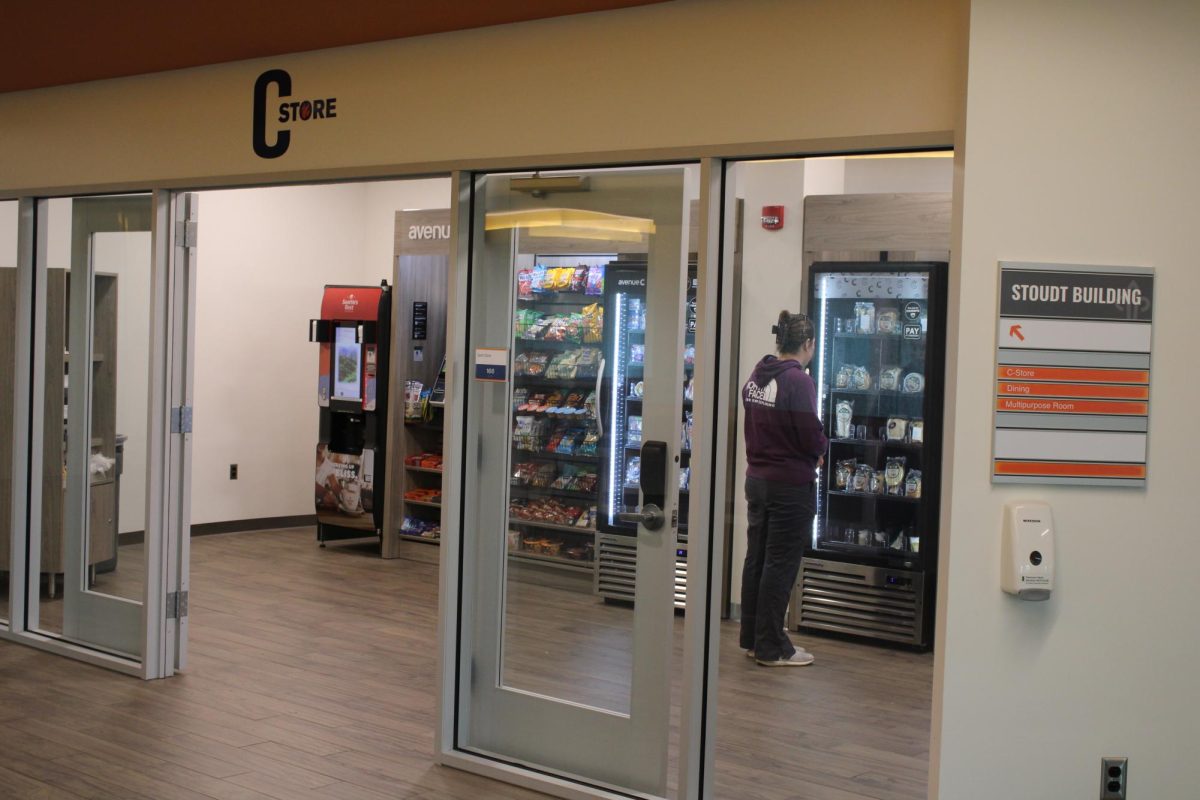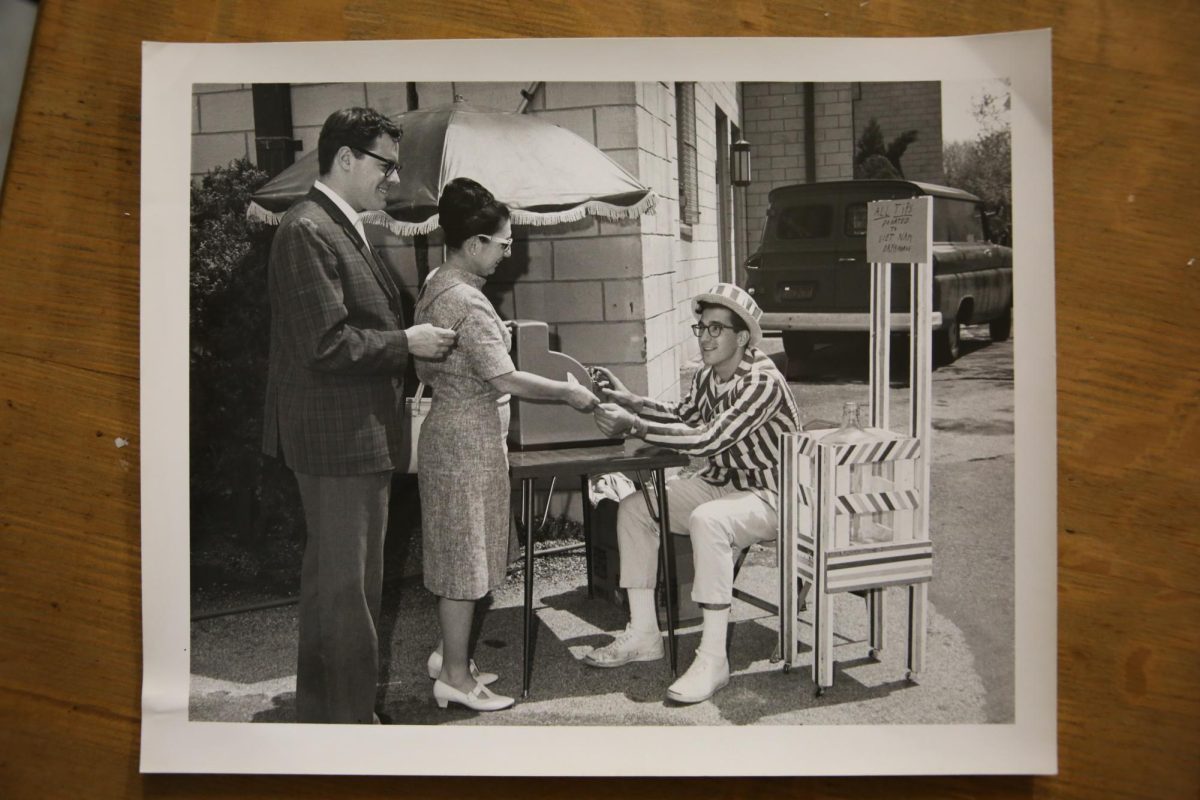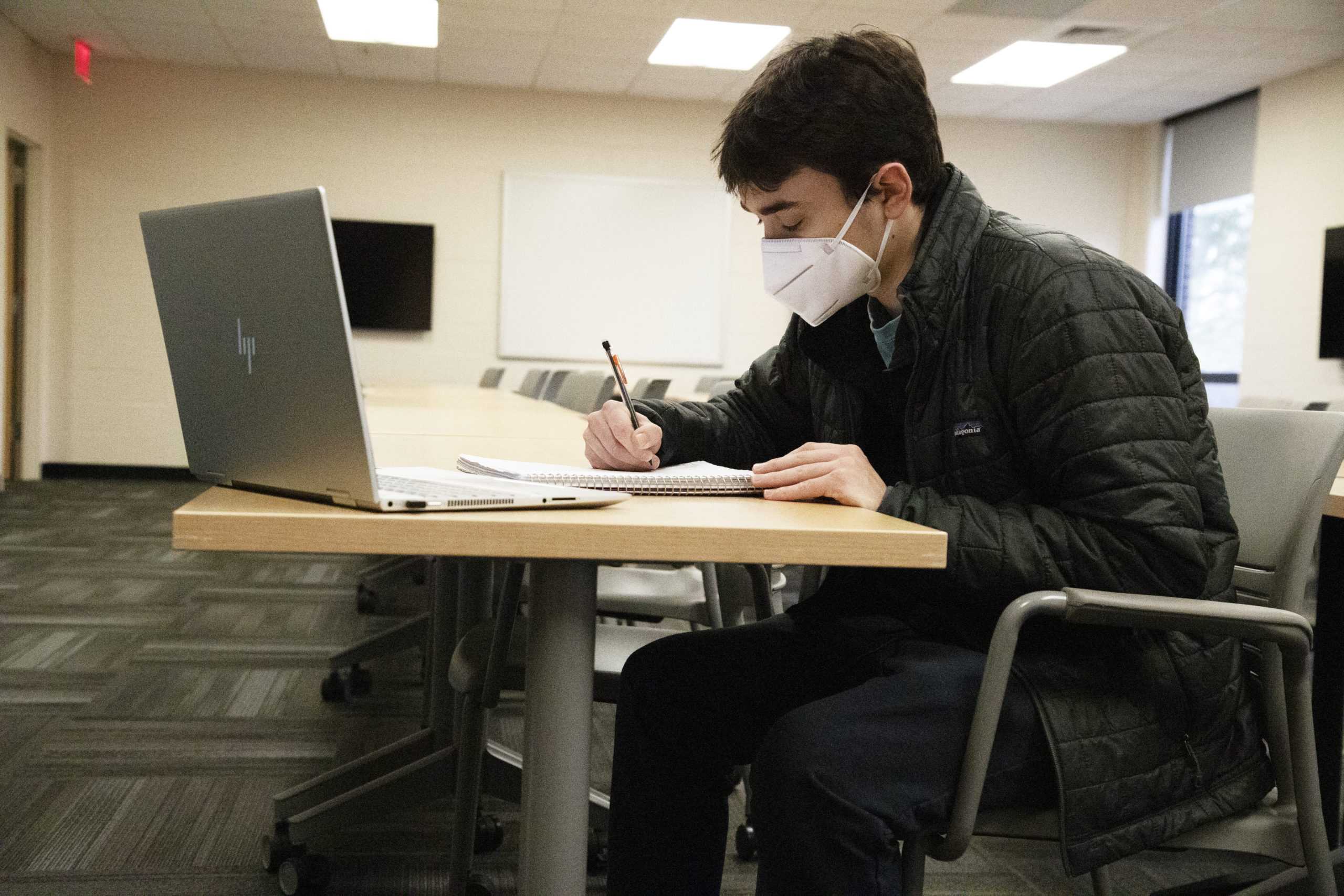For the majority of my academic career, I have sat in the back row of my classes where nobody can see me. I typically stay engaged in that post, but sometimes it’s challenging when I am so far away from the professor.
As I get closer to graduation this May, I kept wondering if I have been holding myself back all of these years and if it was too late to make a change.
So, I reached out to Kim Allen-Stuck, Ph.D., assistant vice president of Student Success and Educational Support, to ask if sitting in the front row in class can improve your performance and participation.
“You’re more likely to make eye contact with the professor, and you’re less likely to be distracted by the people in front of you and what they’re doing,” Allen-Stuck said.
Studies back up what Allen-Stuck told me. A 2016 study by researchers at the University of Salento concluded that there was a negative impact on a student’s engagement when they sat in the back of the classroom.
The study also found that sitting in the back of the classroom reduces the participation of people who are normally shy. Since I consider myself to be fairly shy, I figured changing where I sit in a classroom would benefit me.
To test this theory, I decided to sit in the front row of all my classes for a week straight at the end of last semester.
Before I started this experiment, I wanted to get another student’s opinion. I talked to Margarita Mashliakevich ’22, who sits in the front row for all of her classes.
“I definitely think that it affects your performance, and my performance is way better when I sit in the front,” Mashliakevich said.
Day one was the easiest day of the challenge. I only had a single class on Monday, Stunt Journalism, so this was a great way to ease myself into the experiment. Everything felt so close. I could see the board clear as day, and I could feel the presence of everyone behind me, staring through the back of my head.
The thing that stood out the most when sitting in front of the classroom was that there was nowhere to hide. I was not obscured by rows of students and desks, so I had to pay attention and participate in class. If I checked out, the professor would know instantly.
In fact, I didn’t realize how much sitting in the back of the classroom was holding me back until I sat in the front. Marharyta Feshchanka ’22 said she feels the same way.
“When you sit in the back of the class, it’s just easier to get distracted, and you pay less attention,” Feshchanka said.
The second day, I had a communication studies class about influencers and a class on the Hebrew Bible. The results were the same. I was engaged and free from distraction. I also took more notes in these two classes than I had taken all semester.
On day three, I had two classes again. The first one went great, but the second class was a three-hour-long podcasting class on Zoom. Since I couldn’t necessarily “sit in the front of the class,” I decided that keeping my camera on the whole time would accomplish the same goal.
I usually have my camera off for Zoom classes, which makes it easy to get distracted by my phone or computer. But with my camera on, I was invested and forced to participate as if I were sitting in the front row of a classroom.
By day four, I began to raise my hand and speak more in class. I never left class with unanswered questions. My homework was easier to complete, and I understood the material better.
I had not anticipated this, but sitting in the front of the classroom changed my mood and attitude toward sitting through a lecture and ultimately made me more enthusiastic about learning. I’ve consistently struggled to get a good participation grade throughout college, but through my experiment, I could finally see myself improving. Allen-Stuck also helped me realize just how important it is to interact with the professors.
“If they can’t place your face with the name, how are they going to give you that credit?” Allen-Stuck said.
On the fifth day, I only had one class scheduled. Even though it had only been five days, I felt like a completely new student. Sitting through class didn’t feel like a chore anymore, and I no longer had to try to pay attention. It just happened.
It turns out that where you sit in a classroom can positively impact your overall performance in class. In my experience, sitting up front improved my focus, participation and ability to retain information.
That is what compels Feschanka to the front row, too.
“I think it gives you the advantage, the professor knows you better more likely, and you understand more,” Feshchanka said.
So, last week, with the start of my final semester of college, I knew where I needed to be. I made my way to the front of the room, where I’m now sitting for all of my classes.

















































